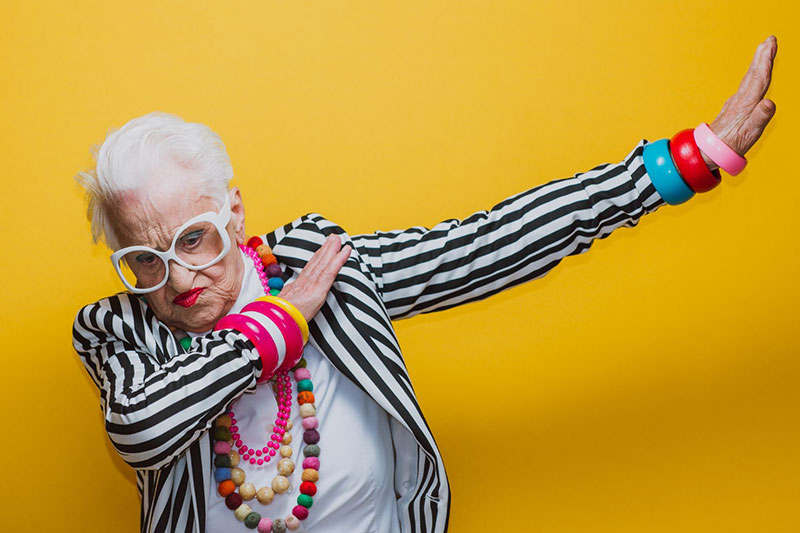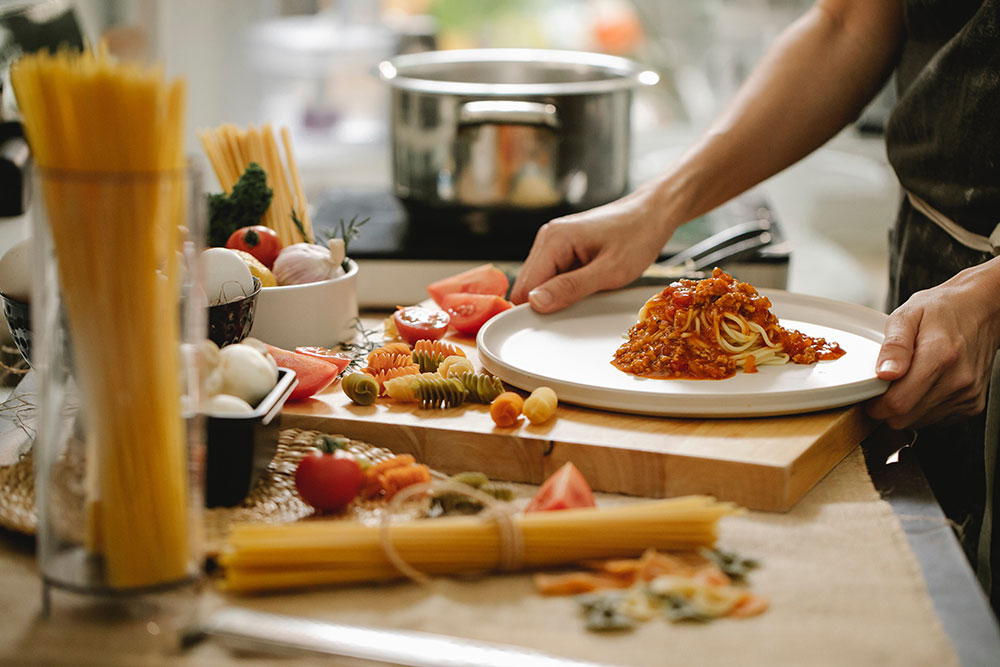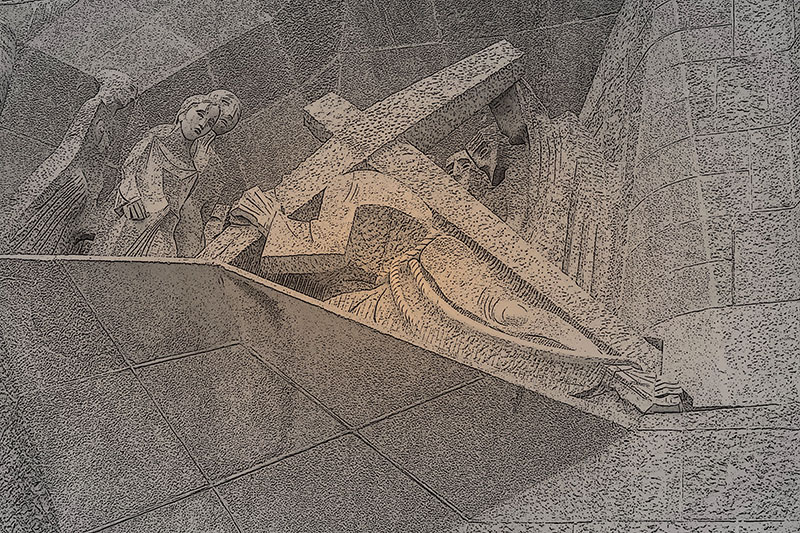Step into the captivating world of Italian Renaissance fashion, where history and style intertwine to create some of the most exquisite clothing of the era. With intricate details, rich fabrics, and masterful craftsmanship, the fashion of this period reflected the cultural sophistication and artistic brilliance of Renaissance Italy.
The City of Florence

Florence stands as a living tribute to the Renaissance, a place where the legacy of this transformative period continues to inspire and enchant all who have the privilege of experiencing its timeless allure. The timeless beauty of this of this time still lingers in the city with every corner seeming to whisper stories of the great minds and talents that once roamed its streets.

Picture this; Italy in the 14th to 17th centuries, a time of great cultural and artistic flourishing known as the Renaissance. It was a period marked by a revival of classical ideals, innovation in various fields, and a renewed appreciation for beauty and elegance. And what better way to embody this spirit than through fashion?
The Italian Renaissance Wardrobe

Let's delve into the wardrobe of Renaissance Italy, where every garment told a story of craftsmanship, luxury, and societal status. At the heart of Renaissance fashion was the concept of 'sprezzatura' – effortless elegance combined with a sense of nonchalance. In other words the artful fusion of carelessness with outfits that are 'not quite right,' but that somehow suited the personality of the wearer and became 'imperfectly perfect'! This philosophy influenced not only clothing but also the manners and lifestyle that are that are still alive and well in Italy today!
One of the most iconic garments of the Renaissance was the sumptuous gown known as the "camicia." Made from fine linen or silk, the camicia was worn underneath other garments and often featured intricate lace or embroidery. Its purpose was not only functional but also symbolic, representing purity and modesty.
Now, let's talk about the quintessential Renaissance garment: the magnificent "giornea." This outer garment, worn by both men and women, was a symbol of wealth and social standing. Tailored to perfection, the giornea boasted voluminous sleeves, rich fabrics such as velvet or brocade, and lavish embellishments like gold embroidery or gemstones. It was the epitome of luxury and style, a statement piece that commanded attention wherever it went.
The Medici Family

Of course, we cannot discuss Renaissance fashion without mentioning the renowned Medici family, whose influence extended far beyond the realms of politics and art. Catherine de Medici, in particular, played a significant role in shaping the fashion trends of her time. As the Queen of France, she introduced Italian elegance to the French court, popularizing styles such as the "farsetto" (a fitted bodice) and the "partlet" (a decorative collar or neckpiece).
Don't Forget the Men
But let's not forget about the men! Renaissance fashion was not solely the domain of women; men also reveled in luxurious attire that showcased their wealth and status. From doublets and hose to capes and codpieces, men's clothing was just as elaborate and meticulously crafted as that of their female counterparts.
Conclusion
Italian Renaissance fashion was a celebration of beauty, artistry, and individual expression. It embodied the era’s cultural richness while serving as a symbol of social distinction and prestige. Whether admiring a Renaissance painting or exploring a historic palace, the sartorial splendor of the time remains a testament to its golden age of style.










